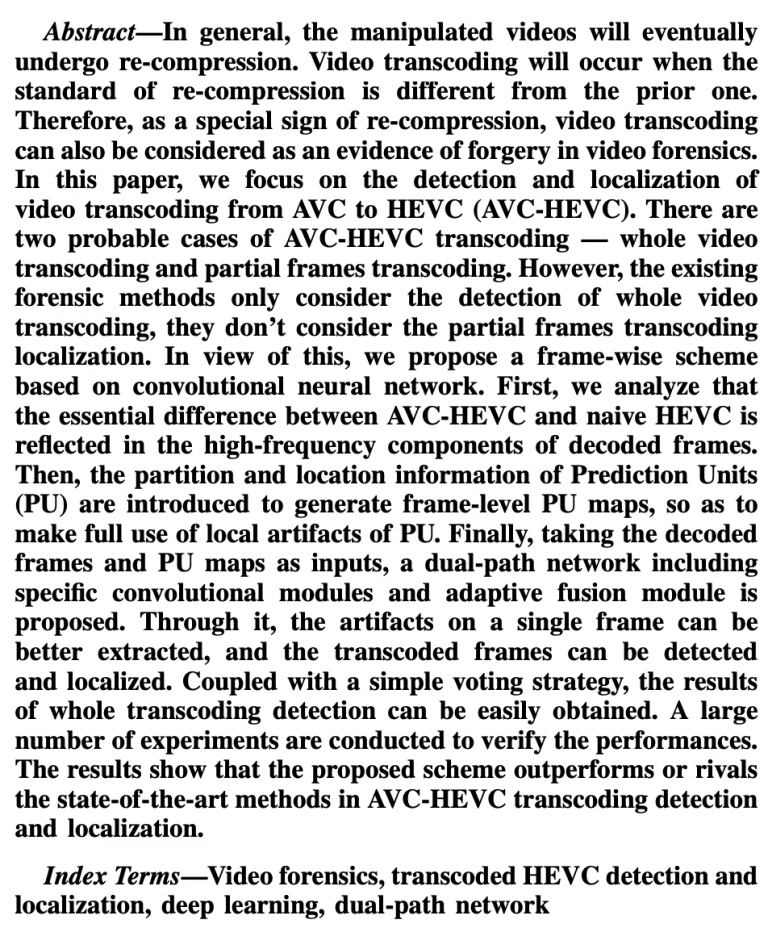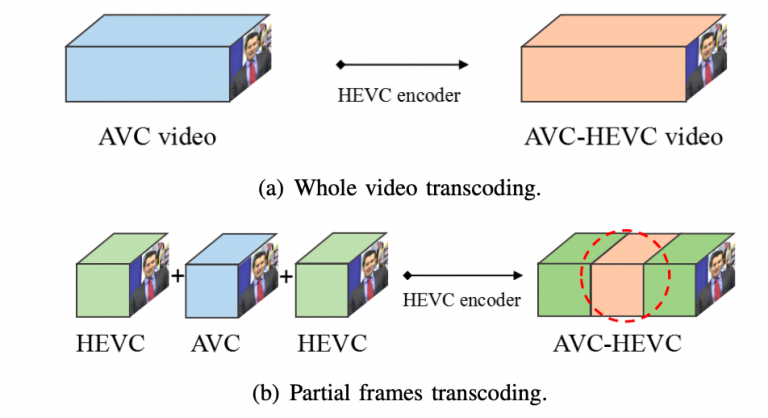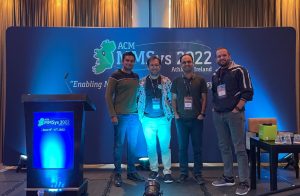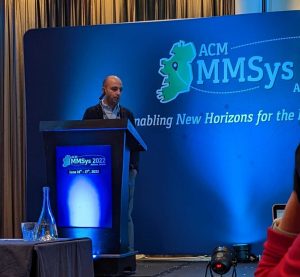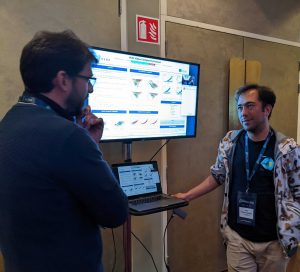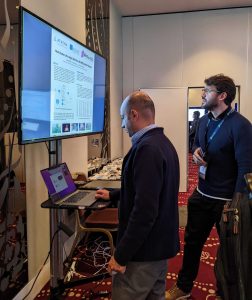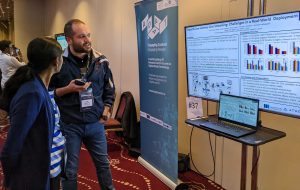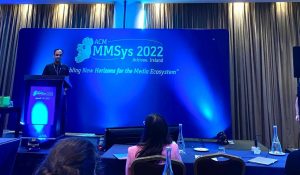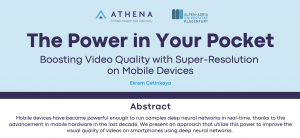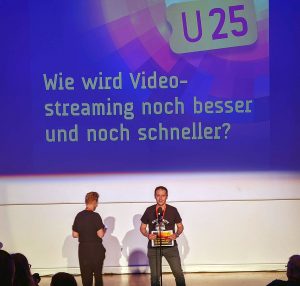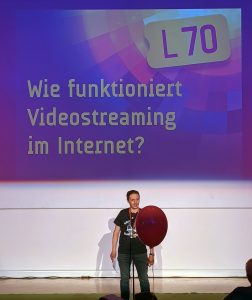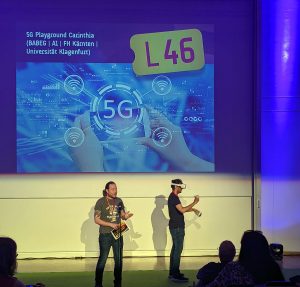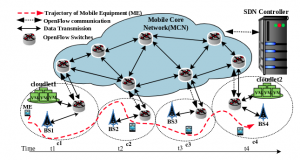Video Encoding Optimizations for Live Video Streaming
20th – 24th June 2022 | Berlin, Germany
Abstract: Live video streaming is expected to become mainstream in the fifth-generation (5G) mobile networks. Optimizing video encoding for live video streaming is challenging due to the latency introduced by any optimization method. In this talk, we introduce low-latency video optimization methods that are utilized to improve the quality of video encodings by predicting optimized encoding parameters.
Hadi Amirpour is a postdoc research fellow at ATHENA directed by Prof. Christian Timmerer. He received his B.Sc. degrees in Electrical and Biomedical Engineering, and he pursued his M.Sc. in Electrical Engineering. He got his Ph.D. in computer science from the University of Klagenfurt in 2022. He was appointed co-chair of Task Force 7 (TF7) Immersive Media Experience (IMEx) at the 15th Qualinet meeting. He was involved in the project EmergIMG, a Portuguese consortium on emerging imaging technologies, funded by the Portuguese funding agency and H2020. Currently, he is working on the ATHENA project in cooperation with its industry partner Bitmovin. His research interests are image processing and compression, video processing and compression, quality of experience, emerging 3D imaging technology, and medical image analysis.


